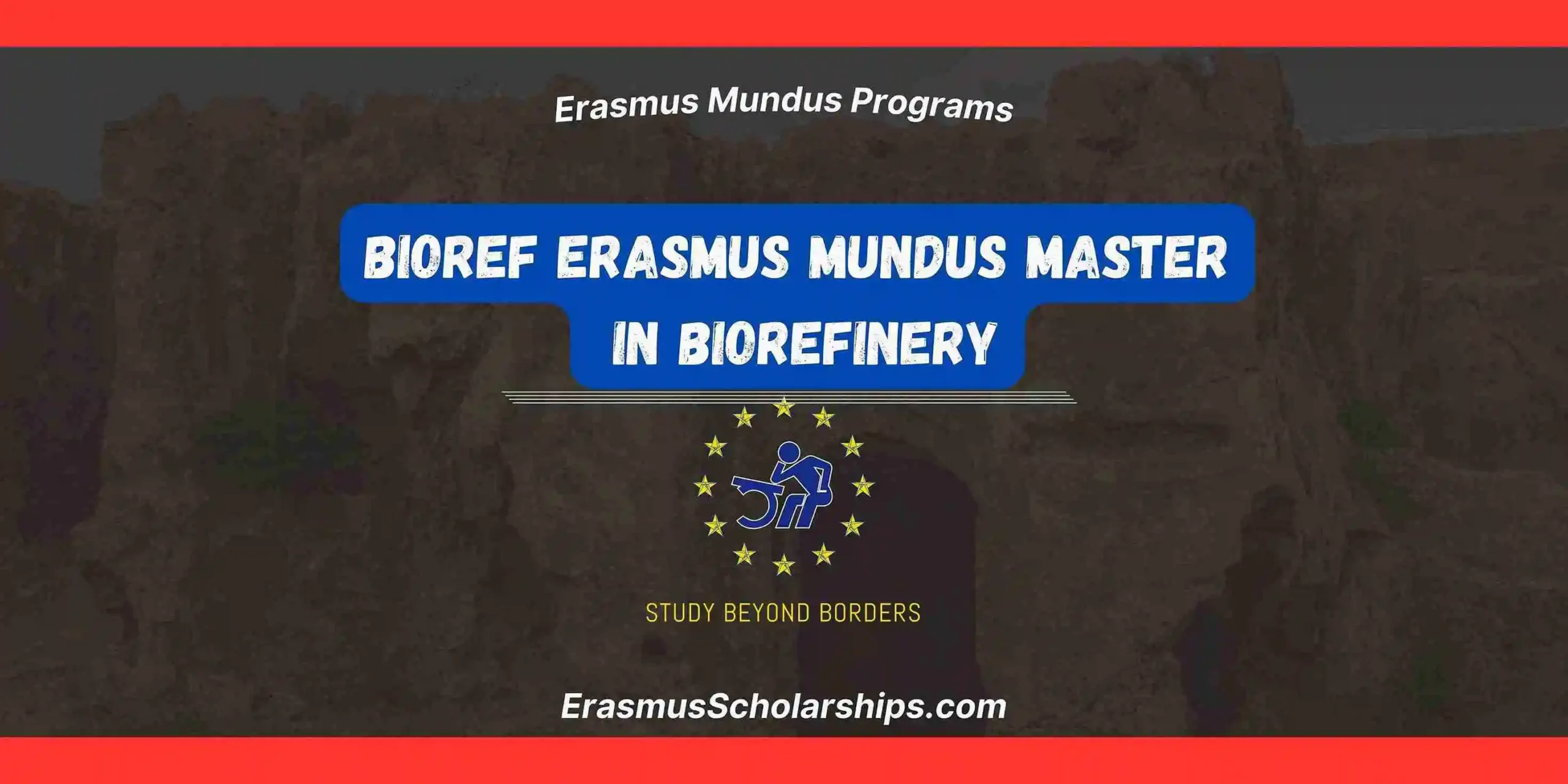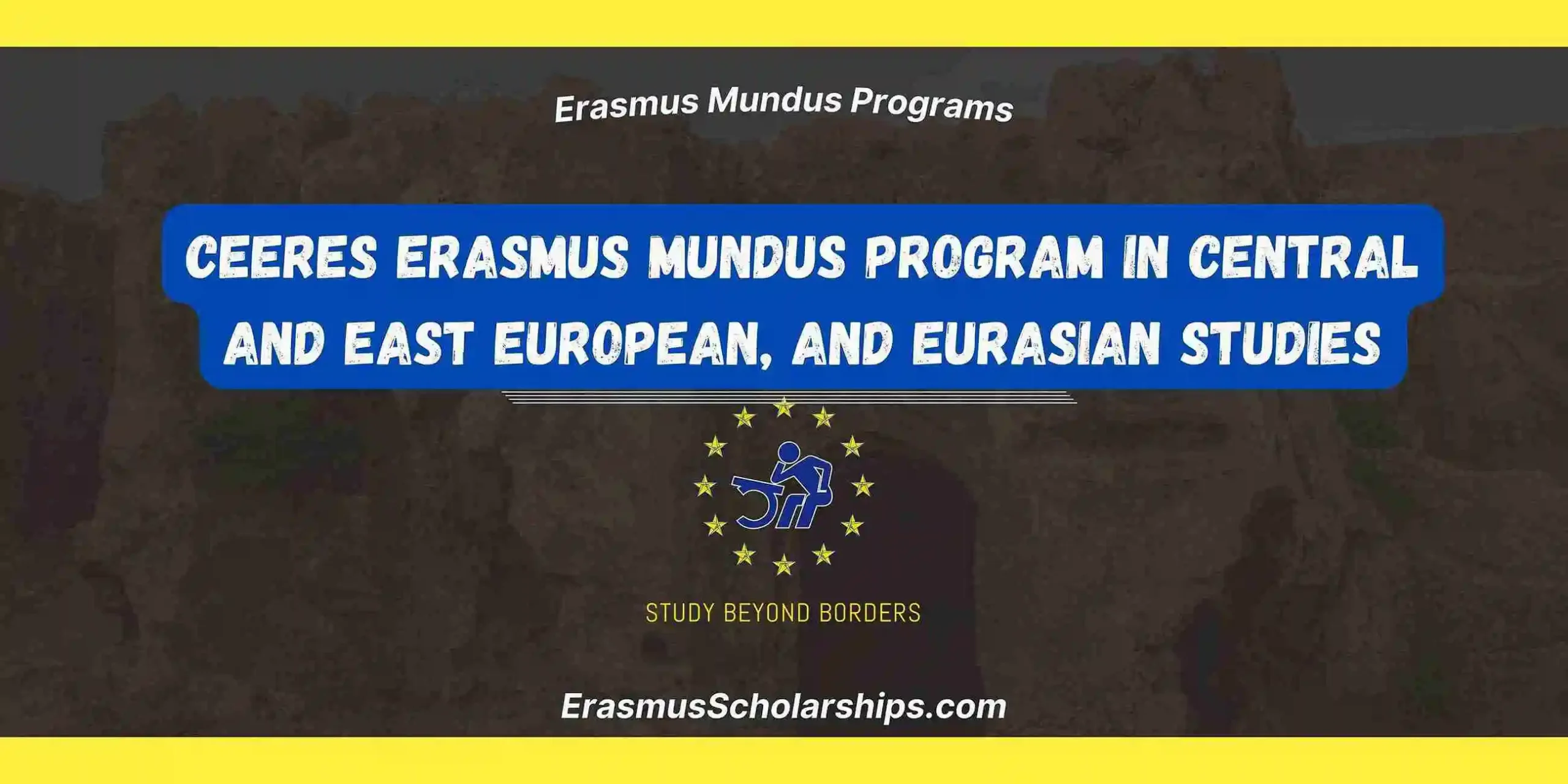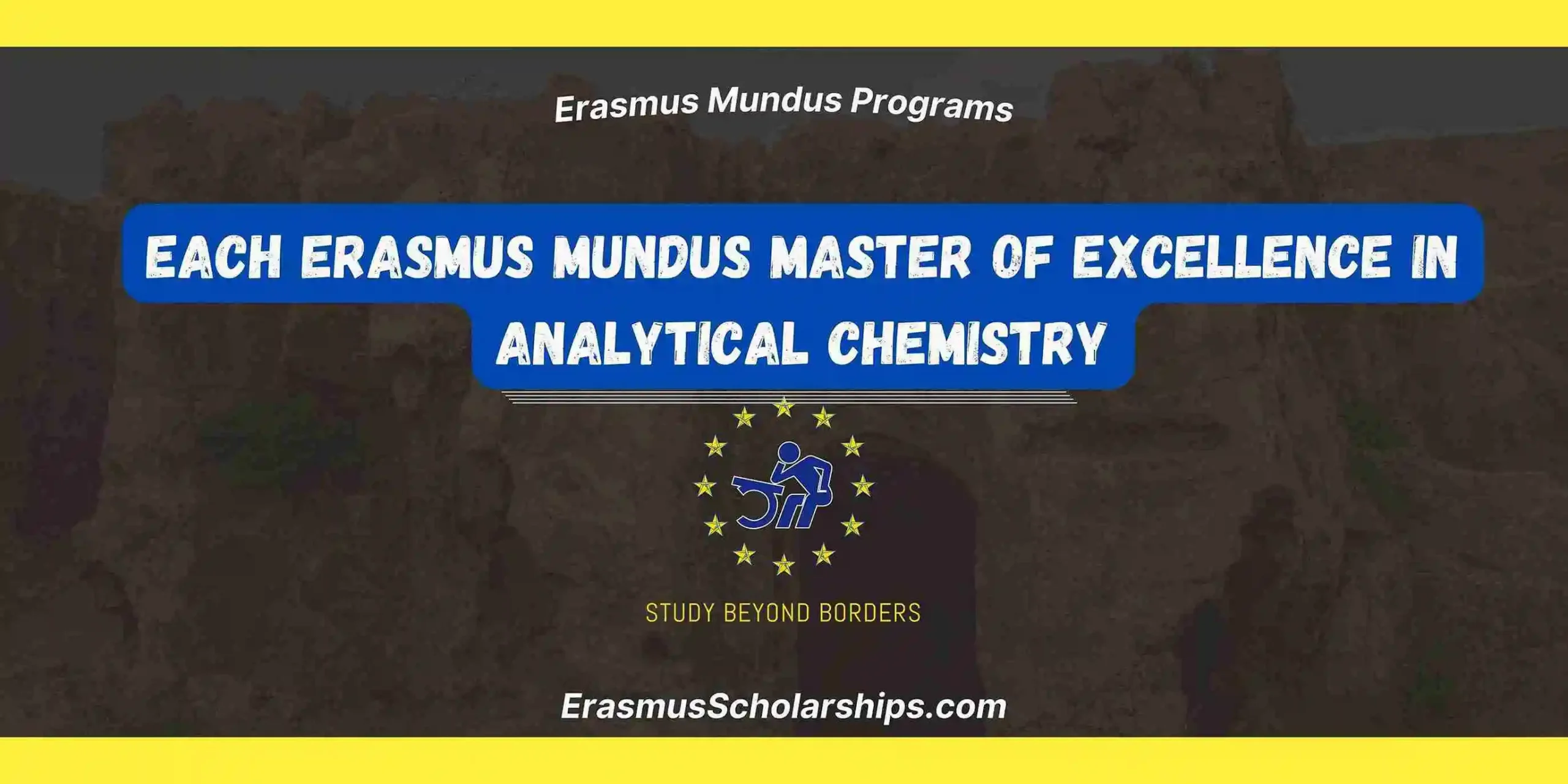Neurasm Erasmus Mundus is a prestigious, two-year joint Master’s program in neuroscience that blends rigorous academic training with immersive international experiences. Designed to provide interdisciplinary education from molecular neuroscience to cognitive processes, Neurasm Erasmus Mundus enables students to refine their expertise through foundational coursework, specialized lab rotations, and thesis work, all taught in English across world-renowned institutions.
This program stands out for its commitment to mobility, granting learners the opportunity to study in at least two partner universities spanning Europe and Canada. Participants gain exposure to diverse academic cultures, access to cutting-edge labs, and valuable networking opportunities, all while preparing for impactful careers in academia, industry, or healthcare innovation.
Project Status
- Status: Ongoing
- Start date 01-09-2020
- End date 31-08-2026
- Action Type: Erasmus Mundus Joint Master
- Universities Involved
- Countries Involved
The Neurasm Erasmus Mundus program is a Master’s in Neuroscience offered by leading European universities.
| University of Bordeaux |
| Charité – Universitätsmedizin Berlin |
| University of Göttingen |
| University of Coimbra |
| Université Laval |
| Stichting VU |
| NUI Galway |
| France |
| Germany |
| Portugal |
| Canada |
| Netherland |
| Ireland |
This cross-border collaboration allows students to gain an international perspective while studying and researching in the heart of Europe’s academic and industrial hubs.
Description of the Neurasm Erasmus Mundus Program
The Neurasm Erasmus Mundus program is a highly selective Master’s in Neuroscience that brings together leading European and Canadian universities. It provides students with an integrated and interdisciplinary curriculum that covers every dimension of brain science from molecular and cellular mechanisms to complex cognitive processes. The program combines coursework, research training, and international mobility to prepare graduates for careers in academia, research, and industry.
Key Features of the Neurasm Erasmus Mundus Program
- Interdisciplinary curriculum: Covers molecular, cellular, physiological, and cognitive neuroscience.
- International mobility: Study at a minimum of two partner universities in different countries.
- Research training: Includes laboratory rotations, internships, and a final thesis project.
- Language training: Offers courses in two European languages such as French, German, or Dutch.
- Selective admission: Only 20 students admitted annually from hundreds of global applicants.
- Excellent outcomes: 99% employment rate for graduates, with over two-thirds pursuing PhDs.
Mobility Tracks of the Neurasm Erasmus Mundus Program
The mobility structure is based on the university you begin with in Year 1, shaping your specialization opportunities in Year 2. Here’s how the tracks work:
- Starting at Bordeaux: Basics → Neurocircuits → Choices among Clinical & Translational Neuroscience, Molecular & Cellular Neurobiology, Neuropharmacology, Imaging Neurophysiology, Neuroprotection → Thesis.
- Similarly, starting at Berlin, Coimbra, Göttingen, Laval, or Galway leads through Basics, then specific second-year specializations, and finally the thesis.
Admission Requirements
- Academic background: Bachelor’s degree (180 ECTS) in biology, medical sciences, psychology—or a related field such as chemistry or physics with demonstrated interest in neuroscience. Outstanding grades are expected (roughly top 10%).
- English proficiency: IELTS 6.5 (no sub-score below 6), TOEFL iBT 93, Cambridge C1/C2—or official proof of English instruction from previous institutions.
- GPA: Provide GPA as-is (no conversion), on your university’s scale. Applicants with less than 8.5/10 have lower chances.
How to Apply for Neurasm Erasmus Mundus Program
- Complete and submit the online application form by the deadline. Upload all required documents; recommendation letters are submitted by referees.
- Required attachments include: photo, ID/passport, motivation letter (max 500 words, including reasons for choosing neuroscience and preferred track), Europass CV, transcripts & degree certificate (with GPA details), proof of residence, two recommendation letters. Optional: GRE, financial declaration
Tips to Win the Neurasm Erasmus Mundus Program
- Showcase both brilliance and drive: Your motivation letter should eloquently articulate why neuroscience, why Neurasm, and why a specific track, let it shine with your passion.
- Don’t underestimate relevance and clarity: Emphasize how your background aligns with the program and make your documents as clear as possible, including the accurate GPA information.
- Plan smartly: Align your Year-1 university choice with your intended specialization.
Application Timeline
- Applications open: September
- Applications close: December
- Interviews: Mid-February
- Final results: March
Curriculum Structure of the Neurasm Erasmus Mundus Program
- Semester 1 (Year 1): Foundational coursework (Basics).
- Semester 2 (Year 1): Advanced courses and start of lab rotations.
- Semester 3 (Year 2): Specialized courses, intensive research training, internships.
- Semester 4 (Year 2): Master’s thesis and independent research.
Coordinator Contact
For application inquiries: Mail : neurasmus@u-bordeaux.fr
Alumni Feedback
Through my acceptance into the Neurasmus program, I was able to learn vital research and data analysis skills. I enhanced my scientific writing abilities as well as my knowledge of my field of interest. Neurasmus afforded me an outstanding education in neuroscience research, but even more importantly I was given the opportunity to learn about other cultures, meet people from all over the world and create a network in Europe. This was something that helped me immensely as I began applying for jobs at the end of the program.
~Sarah Roche
Frequently Asked Questions (FAQs)
What is the Neurasm Erasmus Mundus Program?
The Neurasm Erasmus Mundus Program is a Master’s in Neuroscience that provides interdisciplinary training and international mobility across top European and Canadian universities.
Who can apply for the Neurasm Erasmus Mundus Program?
Applicants with a Bachelor’s degree in biology, medical sciences, psychology, or related fields, along with strong academic results and English proficiency, are eligible to apply for the Neurasm Erasmus Mundus Program.
What are the admission requirements for the Neurasm Erasmus Mundus Program?
The Neurasm Erasmus Mundus Program requires a relevant undergraduate degree, proof of English proficiency, transcripts, a motivation letter, CV, and recommendation letters.
What is the duration of the Neurasm Erasmus Mundus Program?
The Neurasm Erasmus Mundus Program is a two-year Master’s program, including coursework, research training, and a final thesis.
What career opportunities are available after completing the Neurasm Erasmus Mundus Program?
Graduates of the Neurasm Erasmus Mundus Program often pursue PhD studies or careers in academic research, pharmaceutical industries, or clinical neuroscience.
How can I apply for the Neurasm Erasmus Mundus Program?
To apply for the Neurasm Erasmus Mundus Program, candidates must complete the online application form on the official website and upload the required documents by the specified deadline.








